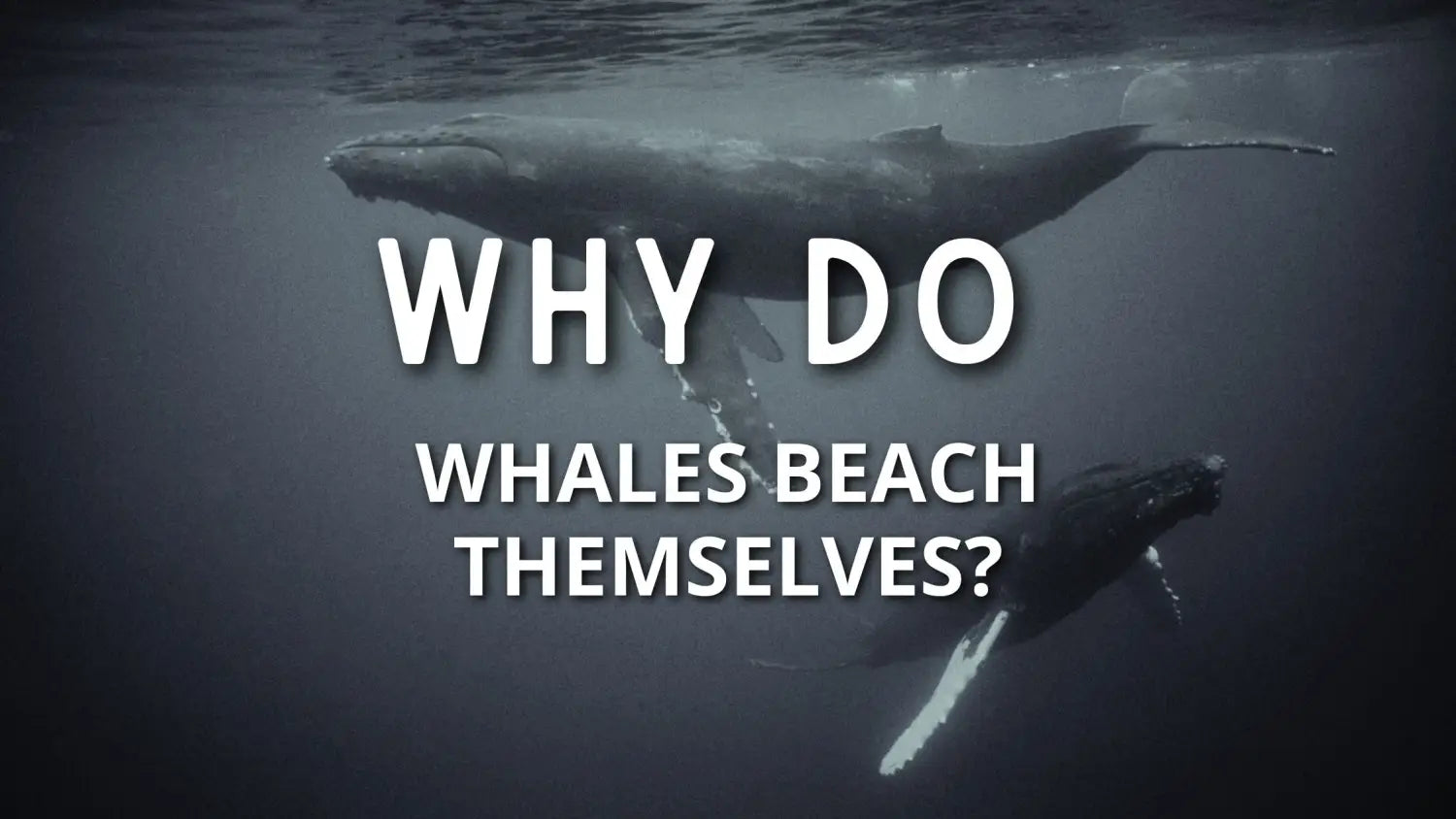Exploring the Mysteries and Causes of Whale Beachings
Whale beachings, also known as strandings, are a mysterious and unfortunate phenomenon in which whales become stranded on land, often with fatal results. In this article, we will explore the various theories and explanations for why whales beach themselves and what can be done to prevent it.
Types of Whale Beachings
There are two main types of whale beachings: voluntary and involuntary. Voluntary beachings, also known as intentional strandings, occur when a whale or group of whales deliberately beach themselves. These strandings are rare and are not well understood, but they may be related to social or behavioral factors.
Involuntary beachings, also known as accidental strandings, occur when a whale or group of whales become stranded on land due to some external factor. These strandings are more common and can be caused by a variety of factors, including navigation errors, disease, injury, or environmental factors.
Theories and Explanations for Whale Beachings
There are several theories and explanations for why whales beach themselves. Some of the most common theories include:
- Navigation errors: Whales rely on a variety of cues, such as sound, light, and the Earth's magnetic field, to navigate through the water. If these cues are disrupted or distorted, it can lead to a navigation error and result in a stranding.
- Disease or injury: Whales may strand themselves if they are suffering from a disease or injury that affects their ability to swim or navigate. This may be due to an infection, parasite, or other health issue.
- Environmental factors: Environmental factors, such as changes in water temperature or the presence of underwater obstacles, can also contribute to whale beachings.
- Social or behavioral factors: In some cases, whales may strand themselves as part of a social or behavioral activity. This may be related to mating, feeding, or other social behaviors.
Prevention and Response to Whale Beachings
If a whale becomes stranded on land, it is important to take action to prevent further harm and to try to rescue the animal if possible. There are several steps that can be taken in response to a whale stranding, including:
- Assessing the situation: The first step in responding to a whale stranding is to assess the situation and determine the number of whales involved, their condition, and the location of the stranding.
- Providing care: If the whales are still alive, it is important to provide them with care and support. This may include providing them with water, shade, and first aid, as well as attempting to refloat them if possible.
- Alerting authorities: If you encounter a stranded whale, it is important to alert the appropriate authorities, such as the local marine rescue team or the Coast Guard. They will have the training and resources to properly respond to the stranding and provide assistance to the whales.
- Researching and understanding: Researchers and scientists are working to better understand the causes of whale beachings and how to prevent them. By studying strandings and collecting data, we can learn more about these mysterious and tragic events and work to prevent them from occurring in the future.
Conclusion
Whale beachings, or strandings, are a mysterious and unfortunate phenomenon that can have fatal results for the whales involved. While the exact causes of whale beachings are not fully understood, they may be related to navigation errors, disease or injury, environmental factors, or social or behavioral factors. By taking action to prevent and respond to whale strand





















